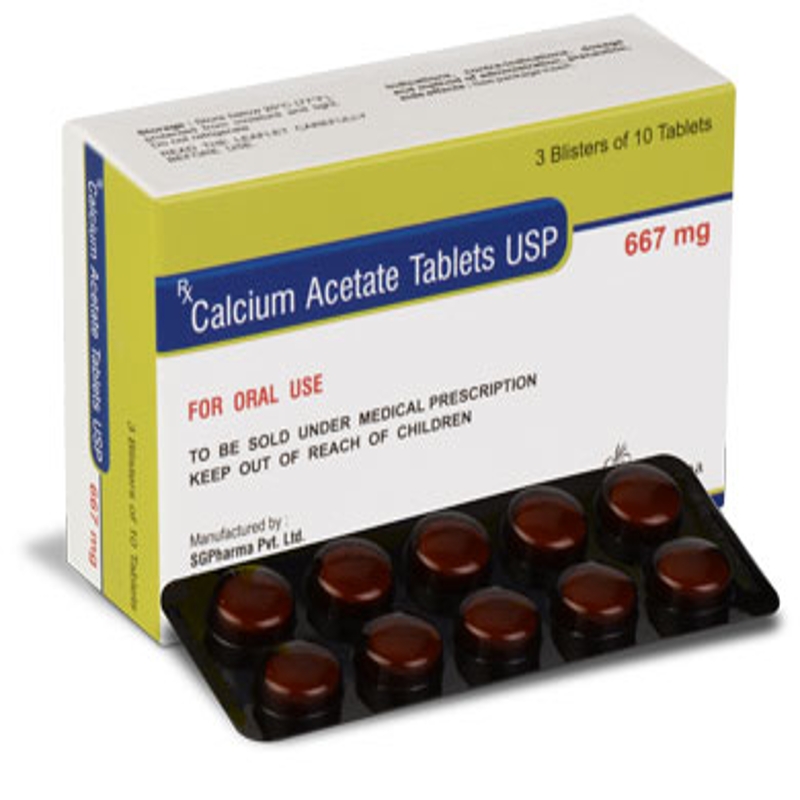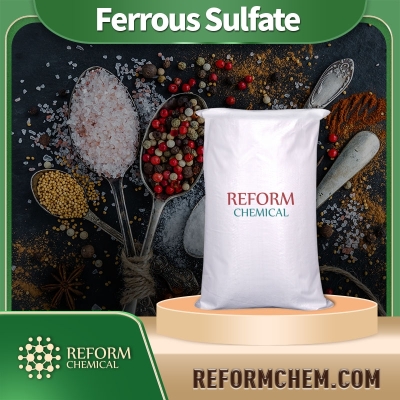-
Categories
-
Pharmaceutical Intermediates
-
Active Pharmaceutical Ingredients
-
Food Additives
- Industrial Coatings
- Agrochemicals
- Dyes and Pigments
- Surfactant
- Flavors and Fragrances
- Chemical Reagents
- Catalyst and Auxiliary
- Natural Products
- Inorganic Chemistry
-
Organic Chemistry
-
Biochemical Engineering
- Analytical Chemistry
-
Cosmetic Ingredient
- Water Treatment Chemical
-
Pharmaceutical Intermediates
Promotion
ECHEMI Mall
Wholesale
Weekly Price
Exhibition
News
-
Trade Service
Indolent non-Hodgkin's lymphoma (iNHL) mainly includes follicular lymphoma (FL) and marginal zone lymphoma (MZL).
Its clinical course is heterogeneous, and the disease course is generally protracted, and it is still difficult to cure; And in relapsed patients, when patients do not respond well to second- and third-line therapy, they are at higher risk of transforming into aggressive lymphoma, and new treatments are needed
.
Axicabtagene Ciloleucel is an autologous CD19 chimeric antigen receptor (CAR)-T cell therapy with landmark milestones in the treatment of patients with relapsed or refractory B-cell acute lymphoblastic leukemia and diffuse large B-cell lymphoma It is of great significance and has been approved for marketing, bringing new hope for the treatment of the above-mentioned patients
.
Previous studies have shown that targeting CD19 CAR-T cell therapy may provide clinical benefit for iNHL
.
Based on this, some researchers launched the ZUMA-5 trial to evaluate the efficacy and safety of Axicabtagene Ciloleucel in the treatment of relapsed or refractory iNHL (R/R iNHL)
.
Study Methods ZUMA-5 is a multicenter, single-arm, phase II clinical trial that enrolled patients from 15 cancer medical centers in the United States and 2 cancer medical centers in France
.
Enrolled patients were adults (≥18 years of age) with histologically confirmed iNHL, including grade 1–3a FL, nodal or extranodal MZL, relapsed or refractory disease defined as ≥2 prior lines of therapy, and must include Anti-CD20 monoclonal antibody in combination with an alkylating agent
.
Disease progression within 6 months of completion of the most recent prior therapy was defined as refractory
.
Patients received leukapheresis to obtain T cells for the production of Axicabtagene Ciloleucel, followed by pretreatment chemotherapy with cyclophosphamide 500 mg/m²/d and fludarabine 30 mg/m²/d on days -5, -4, and -3 ; On day 0, patients received a single intravenous infusion of Axicabtagene Ciloleucel with a target dose of 2×106 CAR-T cells/kg
.
The primary endpoint was overall response rate (ORR), including complete response (CR) and partial response (PR), as assessed by an independent radiological review committee according to the Lugano classification
.
Results Trial Algorithm and Patient Baseline Characteristics The ZUMA-5 trial screened 181 patients between June 20, 2017, and July 16, 2020, for a total of 153 patients (127 FL, 25 MZL, and 1 later identified Axicabtagene Ciloleucel was successfully produced in all enrolled patients (see Figure 1 for details)
.
The median patient time from leukopheresis to delivery of Axicabtagene ciloleucel to the trial center was 17 days
.
The data cutoff date for the main analysis was March 12, 2020, and the data cutoff date for the update analysis was September 14, 2020
.
Of all 148 treated patients (updated analysis population), the majority had received at least three prior lines of therapy, and high-risk disease features were common; MZL patients were ≥65 years of age and had stage IV disease at a higher rate than FL patients, from diagnosis The median time to leukapheresis was 5.
1 years
.
The median time to disease progression (PD) after initiation of the most recent prior therapy was 8.
2 months
.
Six of the 148 patients (4%) received bridging; 4 had FL and 2 had MZL, and all patients had measurable disease after bridging
.
Figure 1: ZUMA-5 Trial Flowchart Efficacy The median follow-up for the primary activity analysis of the study was 17.
5 months
.
104 iNHL patients were eligible for the primary analysis (84 FL and 20 MZL)
.
The ORR was 92% (95% CI 85%-97%) in 104 patients, with a CR rate of 74%, as assessed by an independent review committee of the primary analysis of the per-protocol population
.
The ORR of 84 patients with FL was 94% (95% CI 87%-98%) with a CR rate of 79%; the ORR of 20 patients with MZL was 85% (95% CI 62%-97%) with a CR rate of 55 %
.
To assess the durability of remission with Axicabtagene Ciloleucel, the investigators further performed a prespecified update analysis of patients with 18-month follow-up after infusion, with a median follow-up of 23.
3 months (median follow-up for FL patients was 2.
4 months).
, the median follow-up time for MZL patients was 17.
3 months)
.
Among evaluable patients in the updated analysis population, the ORR was 92% in 109 patients assessed by an independent central review, with ORRs of 94% and 83% in patients with FL and MZL, respectively
.
The patient CR rate was 76% as assessed by an independent central review, including 68 of 86 patients with FL (79%) and 15 of 23 patients with MZL (65%) (Figure 2)
.
17 (16%) patients achieved PR
.
Of the 5 patients (5%) classified as disease-free or with unknown status, according to an independent central review, 4 patients were disease-free at or after baseline but were considered to have disease by the investigator, and 1 patient with FL had disease at first time Died before assessment (Figure 2)
.
Figure 2: ORR of all patients (A), FL patients (B) and MZL patients (C) treated with Axicabtagene Ciroleucel in the updated analysis FL patients were 62% and MZL patients were 48%
.
Of the 83 patients who achieved CR, 73% were still in remission at data cutoff, including 74% for FL and 73% for MZL
.
As of the data cutoff date, 13 of 26 FL patients were converted from initial PR to CR at week 4, and 12 of 13 patients remained in CR
.
At 18 months, the estimated proportion of patients maintaining CR was 65.
6% (95% CI 53.
9%–75.
0%), the estimated progression-free survival (PFS) rate was 64.
8% (95% CI 54.
2%–73.
5%), The estimated 18-month overall survival (OS) rate was 87.
4% (95% CI 79.
2–92.
5) (see Figure 3 for details)
.
Figure 3: Duration of response (A), PFS (B), and OS (C) in patients.
Safety The most common grade ≥ 3 adverse events (AEs) in patients in this study were cytopenia (70%) and infection (18 %)
.
Grade ≥3 cytokine release syndrome (CRS) occurred in 7% and grade 3 or 4 neurologic events in 19%
.
Serious adverse events (SAEs) of any grade occurred in 50% of patients
.
3% of patients died due to AEs, 1 of which was considered treatment-related
.
CONCLUSIONS: These findings demonstrate that Axicabtagene Ciloleucel provides durable clinical benefit with a manageable safety profile in the vast majority of R/R iNHL patients who have received at least two prior lines of therapy
.
Based on the study results, Axicabtagene Ciloleucel was approved in the United States on March 5, 2021, for the treatment of adult patients with R/R FL who have received prior second-line systemic therapy
.
Reference: Caron A Jacobson , Julio C Chavez , Alison R Sehgal, et al.
Axicabtagene ciloleucel in relapsed or refractory indolent non-Hodgkin lymphoma (ZUMA-5): a single-arm, multicentre, phase 2 trial.
Lancet Oncol.
2021 Dec 8;S1470-2045(21)00591-X.
Online ahead of print.
Poke "read the original text", we will make progress together







